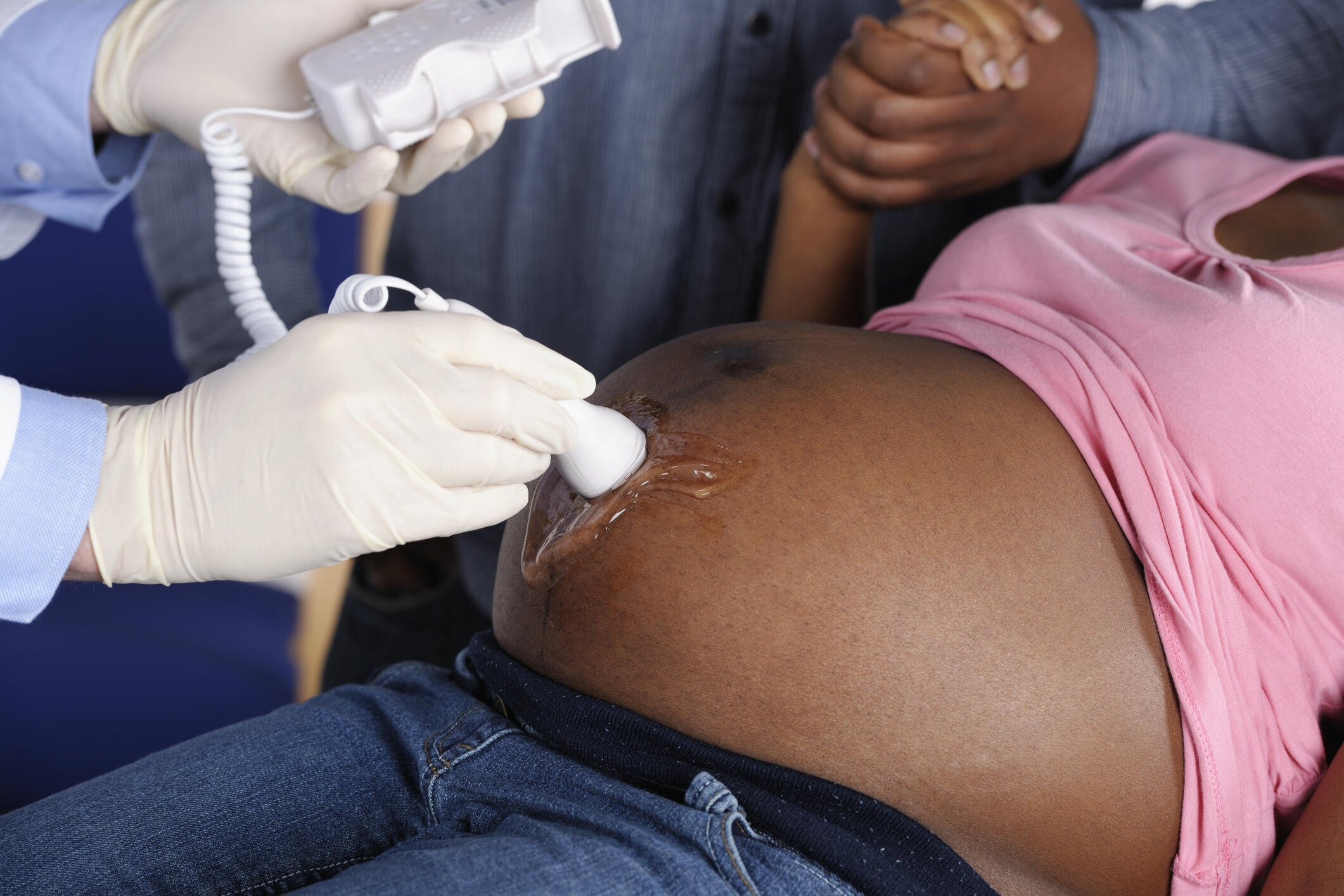
Achieving universal coverage of midwifery delivered interventions including skilled attendance at birth, provision of emergency obstetrics and newborn care (EmONC) and family planning, by 2035 could avert 67% of maternal deaths, 64% of newborn deaths and 65% of stillbirths – which translates to 4.5 million lives saved per year. The lack of skilled midwifery educators is an important factor affecting the quality of graduates from midwifery programmes and evidence suggests that midwifery educators are more confident with theoretical classroom teaching than clinical teaching.
As part of the ‘AIME: Alliance to Improve Midwifery Education’ project, LSTM’s Quality of Care unit in collaboration with the UNFPA Midwifery branch, in collaboration with the Nursing Council of Kenya and midwifery educators in Kenya, have developed the first blended learning midwifery educator CPD package for sustaining and improving the educators’ competencies in delivery of their teaching, assessments, mentoring and feedback to students. This CPD package is linked to the ICM essential competencies for midwifery practice and meets the requirements of Nursing and Midwifery Councils in low- and middle-income countries such as Kenya. This package will be delivered through mandatory online learning on the World Continuing Education Alliance portal, optional webinars and face-to-face sessions focusing on upskilling midwifery educators on practical aspects of teaching clinical skills.
“As we launch the self-directed component of the Midwifery Educator CPD programme on the 5th of May 2022, and we celebrate 100 years of midwifery progress, we are grateful for funding from the Johnson & Johnson Foundation to develop and evaluate this programme. We look forward to generating evidence on its effectiveness, increase its awareness amongst midwifery educators and their regulatory bodies in the coming months. We are confident that with the reach of the World Continuing Education Alliance platform, that this programme will reach midwifery educators in most sub-Saharan Africa countries”
Charles Ameh, Reader, Head EmOC & QoC unit LSTM